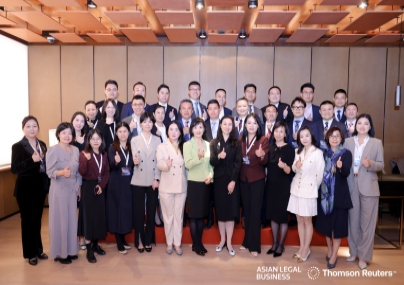中国银保监会日前就2020年重点工作做出安排,抓紧出台商业银行小微企业金融服务监管评价办法,普惠型小微企业贷款综合融资成本要再降0.5个百分点,贷款增速要高于各项贷款平均增速,五家大型银行普惠型小微企业贷款增速高于20%。严防信贷资金违规流入房地产领域。
银保监会网站上周六(1.11)稍晚刊登2020年工作会议新闻稿称,当前银行业保险业运行总体平稳,主要指标处于合理区间,但是风险形势依然复杂,存在着诸多不确定性和不稳定性,需要妥善处理。要继续拆解影子银行,特别要大力压降高风险影子银行业务,防止死灰复燃。
会议介绍,2019年全年共处置不良贷款约2万亿元人民币,商业银行逾期90天以上贷款全部纳入不良资产管理。三年来影子银行规模较历史峰值压降16万亿元。
“要坚决落实‘房住不炒’要求,严格执行授信集中度等监管规则,严防信贷资金违规流入房地产领域。”会议称,要引导银行理财和信托业稳妥转型,建立完善养老保障第三支柱,在优化金融产品结构和机构体系的同时,为资本市场长期持续健康发展打牢基础。
此外,要大力改善股本结构,鼓励主业突出、管理先进、具有优良记录的境内外专业机构入股中资银行和保险公司。强化对民营企业特别是民营制造业企业金融服务,突出支持先进制造业和产业集群,重点纾解有市场前景企业的流动性困难。加强社会服务领域金融支持,落实支持生猪生产金融政策措施。
China disposes of $289 billion of bad loans in 2019: regulator
China disposed of around 2 trillion yuan ($289.11 billion) in non-performing loans over the whole of last year amid a national campaign to restrict high-risk lending, the country’s banking regulator said during a weekend meeting.
The China Banking and Insurance Regulatory Commission (CBIRC) said in a notice published late on Saturday that the total assets of the country’s shadow banking sector had fallen by 16 trillion yuan over the past three years.
It said it would continue to “dismantle” the shadow banking sector in 2020 and step up punishments for those that violate regulations.
The CBIRC has been trying to tackle growing financial risks in China, with dozens of small lenders under pressure as a result of economic slowdown.
However, the notice said loans to the real economy had continued to increase, reaching 17 trillion yuan in 2019, up nearly 7% compared to the previous year.
The regulator also promised to make more loans available to support the struggling pig farming sector this year, and would also introduce more green finance products for projects that support the protection of the environment.


